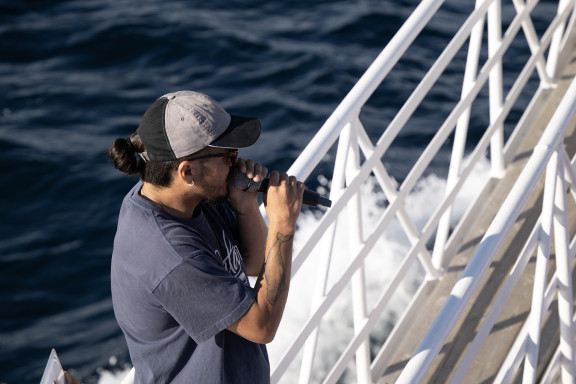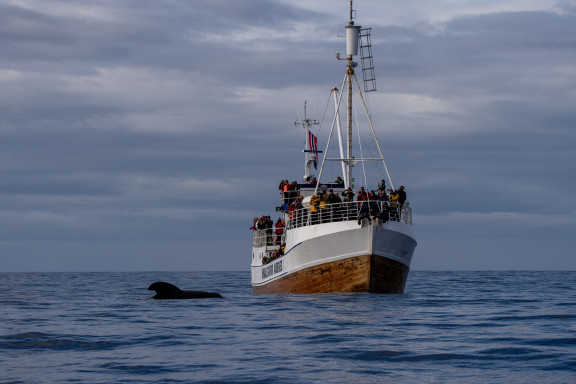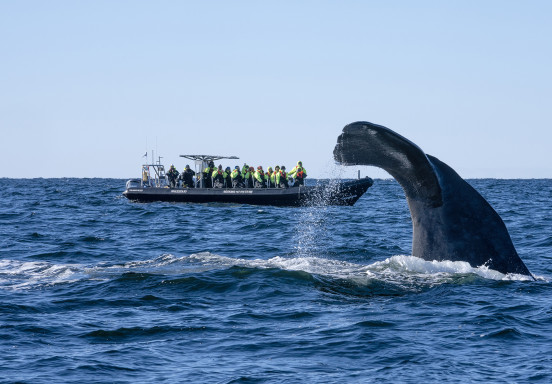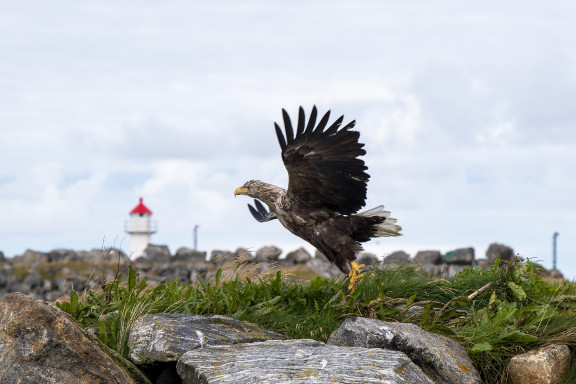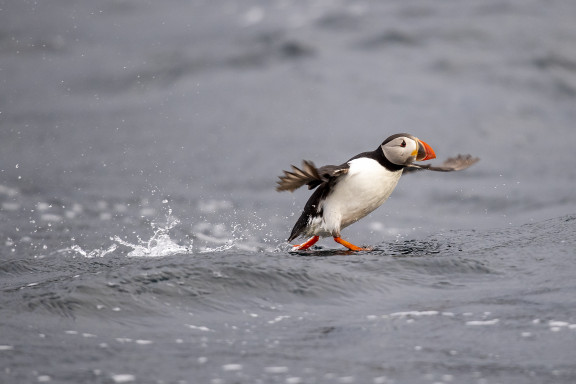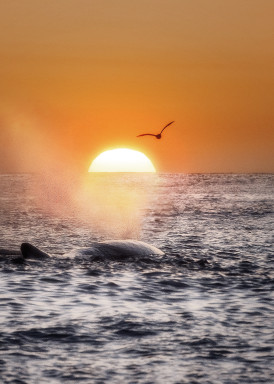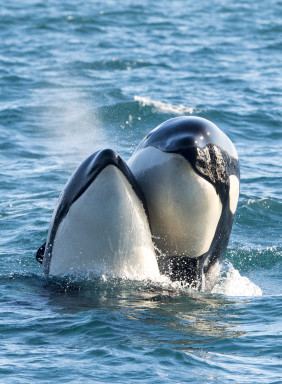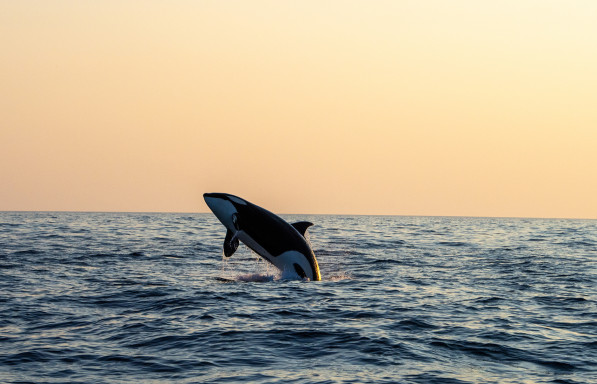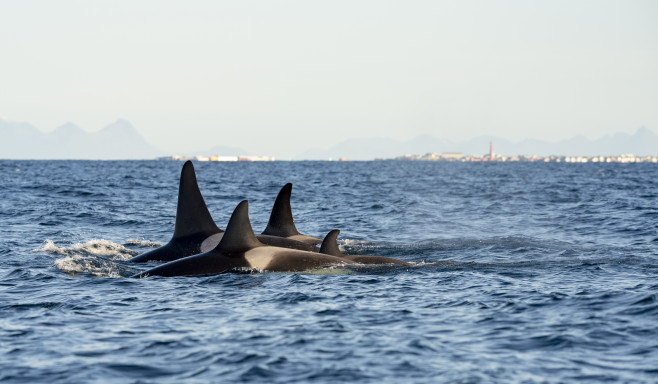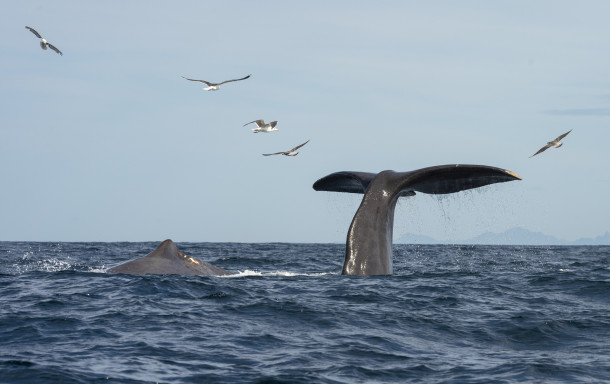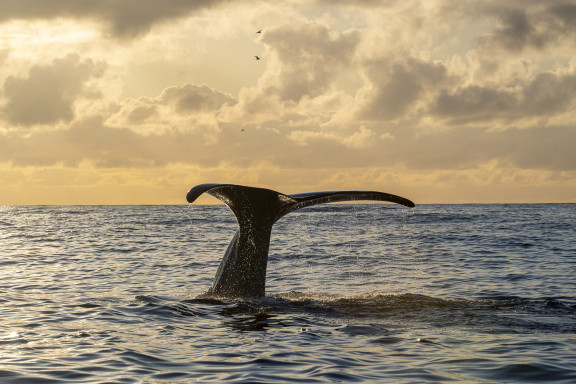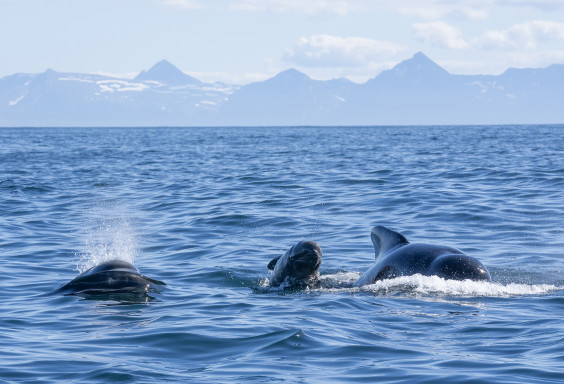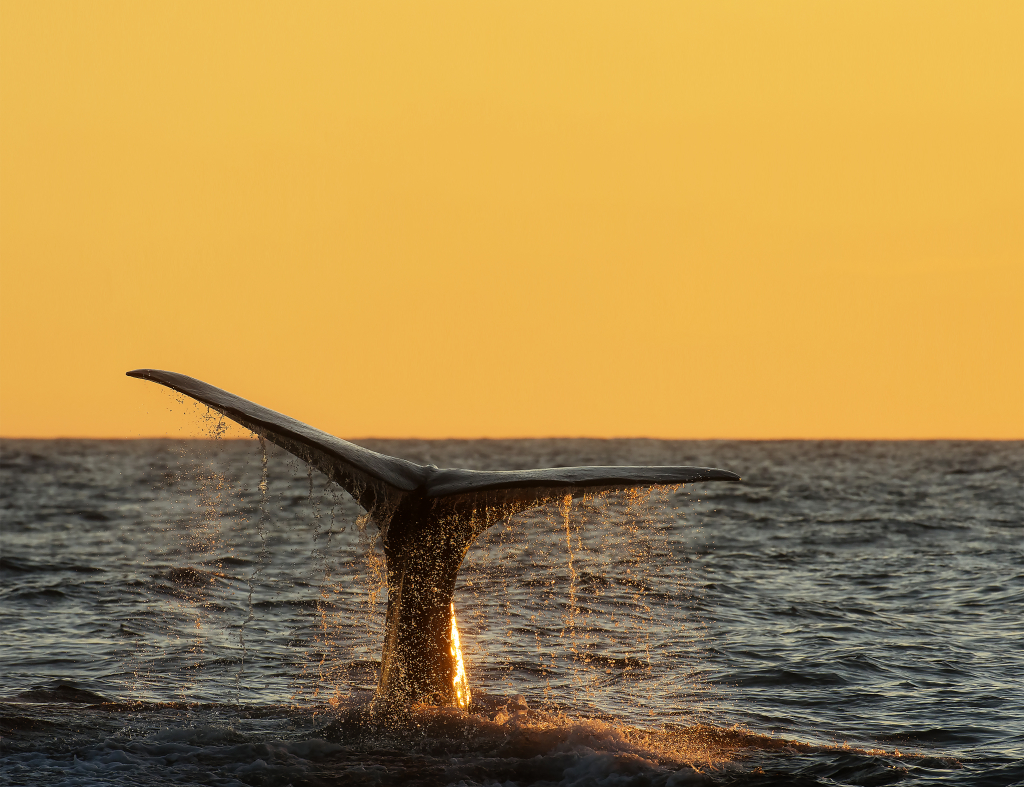
Trips Andenes
Our activities in Andenes
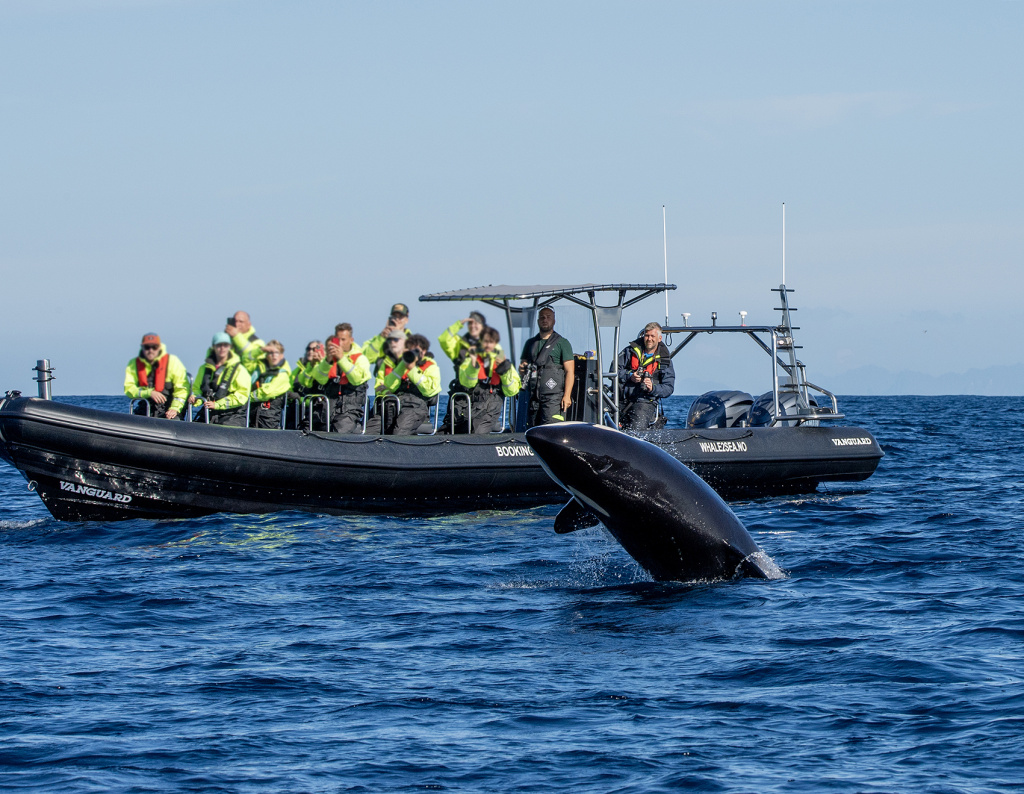
-
2.5h
-
8+
-
All year
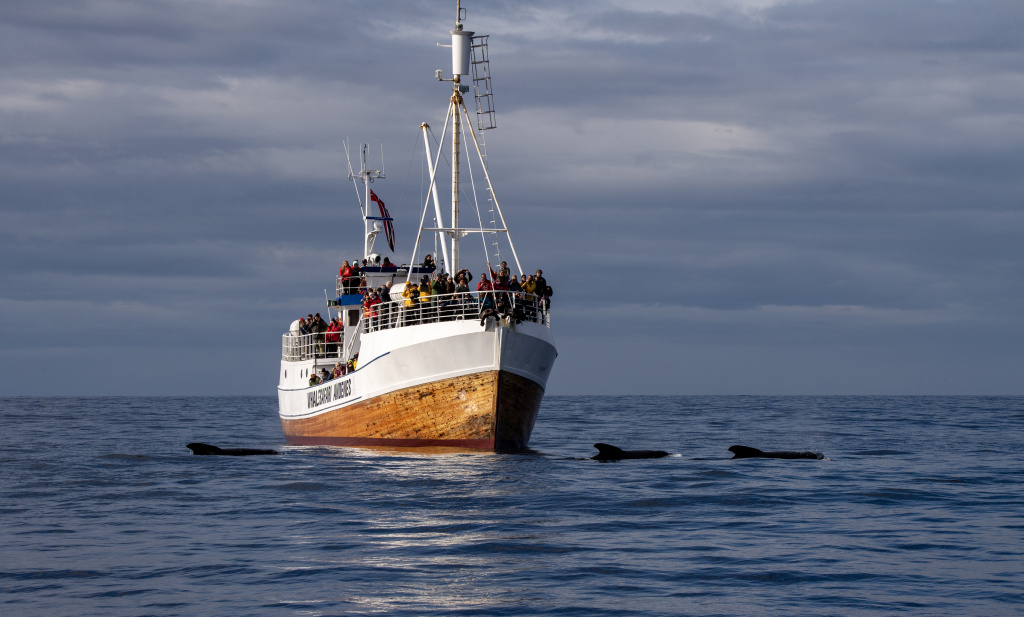
-
4h
-
0+
-
May-Sept
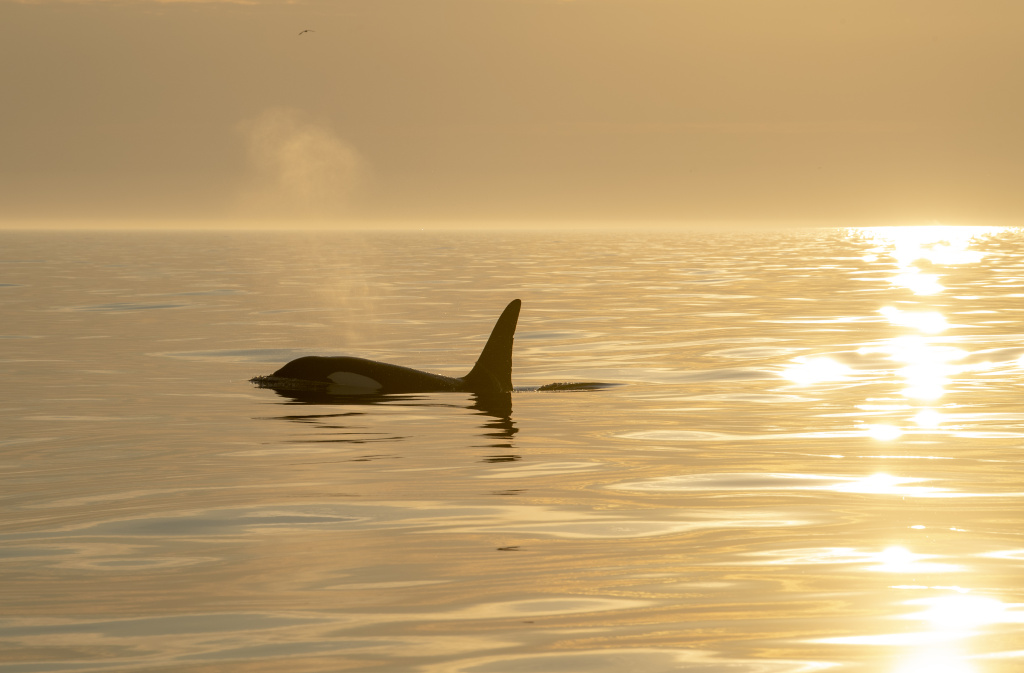
-
3.5h
-
8+
-
Summer
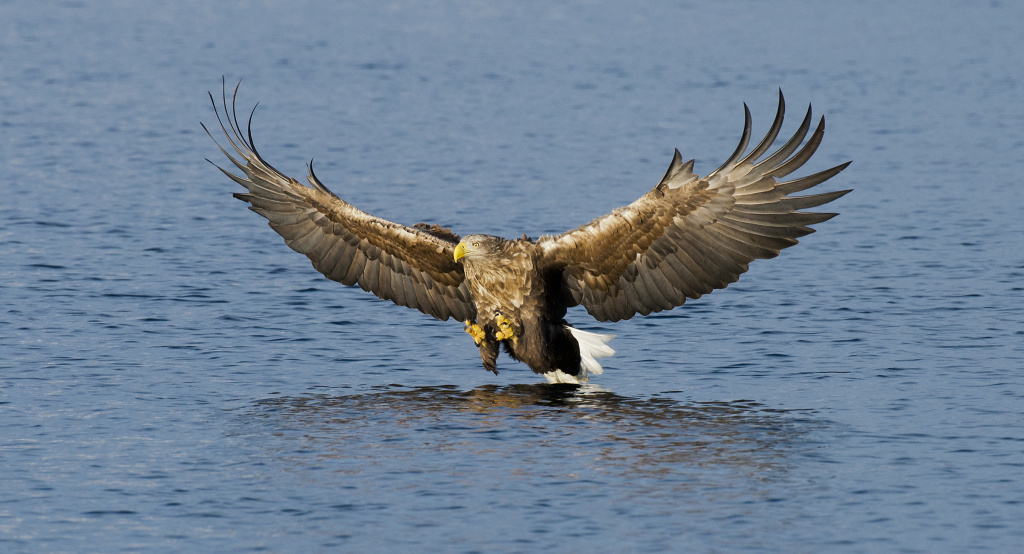
-
1.5h
-
8+
-
Summer
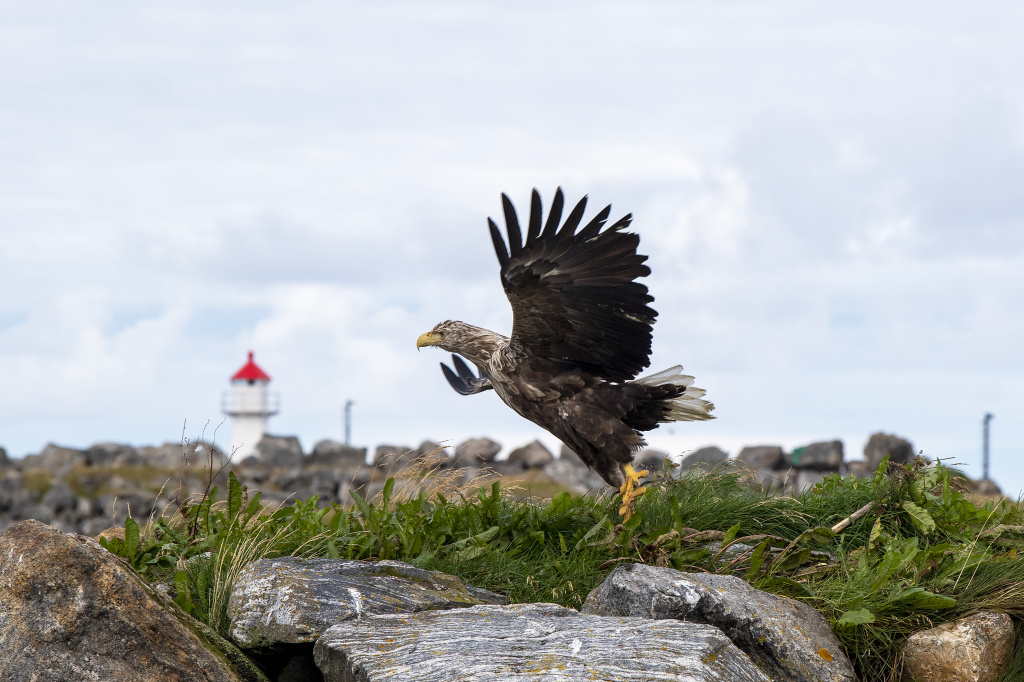
-
8+
-
2.5h
-
All year
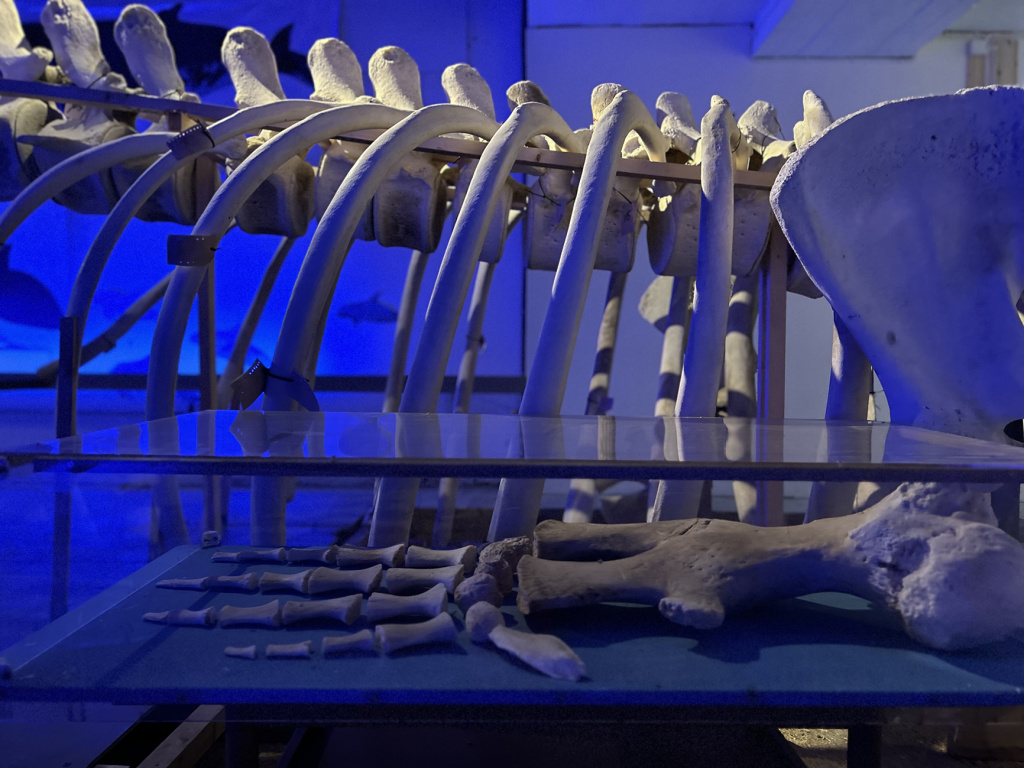
-
1h
-
All year
Practical information
We offer year-round bird and whale watching tours in Andenes, Vesterålen, with the main season from late May to mid-September. PS: The Puffin season is from May - late August, but we continue our bird trips with different bird species.
Sharing knowledge about whales and bird species is at the heart of our experience on our trips. Before departure, you will receive practical information about the vessel, the excursion, and, most importantly, onboard safety. This information will be provided in multiple languages, depending on the nationalities of the tourists on board. Your ticket includes a self-guided tour of our new Whale Exhibition, and evening lectures during the high season, where you can learn even more about whales.
Receptions: For any trips with the RIB-boats, you meet at the “Brygga” reception at Hamnegata. 9 for check-in 45 minutes before departure. For the large boat, you find the reception and check-in at The Whale Center, Hamnegata. 1 C. Here you also have the Whale Exhibition and the lectures. In both receptions you find toilets. After check-in you will receive an informative introduction about the whales, birds and the sea as well as a safety briefing. When necessary, information is given in different languages. If you want to get to know some of our species before your trip, you can by clicking on these links: our whales or our birds.
FACTORS AFFECTING THE DURATION OF A TOUR
- Weather and sea conditions: If it is too windy, the waves makes it difficult to spot whale blows, listen for sperm whale clicks on the hydrophones and keep normal speed during transit. Dense fog will also make it difficult to spot the whales.
- Distance to shore: The further from the shore the whales are found, the longer the trip might take.
- Fewer whales in the area: If we have fewer whales in the area, it might take longer time to find then and the trip might be longer.
For information about safety and our guidelines, click here
CHECKLIST FOR YOUR TRIP:
- Warm and comfortable shoes
- (Water repellent) warm clothes
- Sunglasses
- Sunscreen
- Beanie or hat
WILDLIFE:
Remember, whales are wild animals! While we have a very high success rate for whale sightings, we cannot guarantee that the whales can be seen on every trip. BUT if the boat does not find any cetaceans you have the possibility to have a new trip for free on the first available tour, or any time in the future.
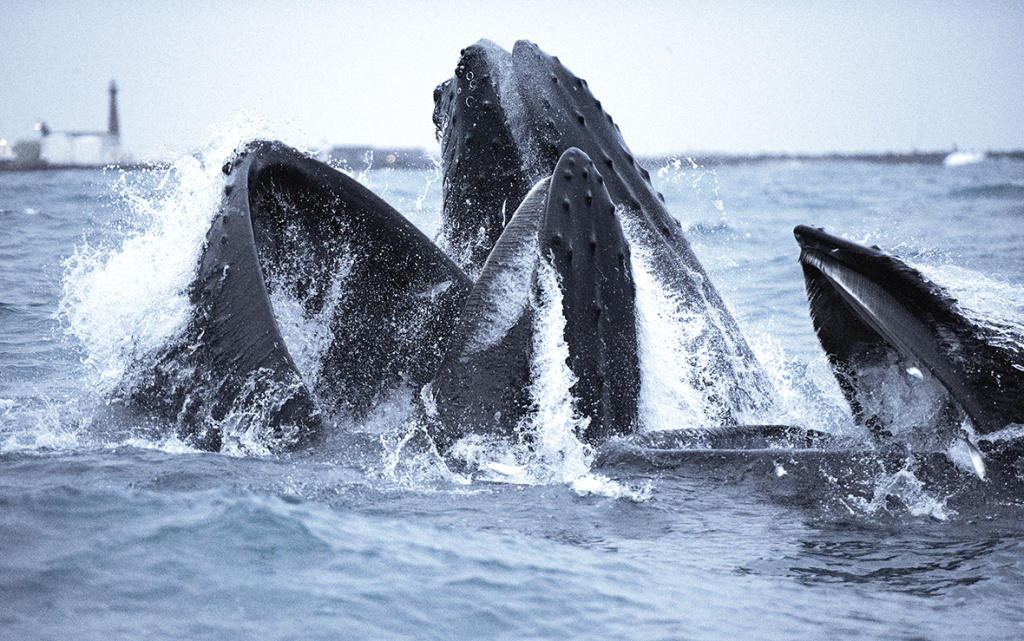
During the winterseason, there is little light in our region and we have fewer departures. That does not mean the experience is less cool. The bird and whale-species can and does vary between the seasons, therefor we recommend both.
**Other winter-activities in Andenes: **
- Arctic Winter Wildlife: A tour closer to shore, where you can observe the majestic White-tailed eagle, seals, and, if we're lucky, whales.
- On-land activities: A guided nature and culture walk through the harbor.
- Evening excursions: A wonderful nature night-walk in the search of the Aurora.
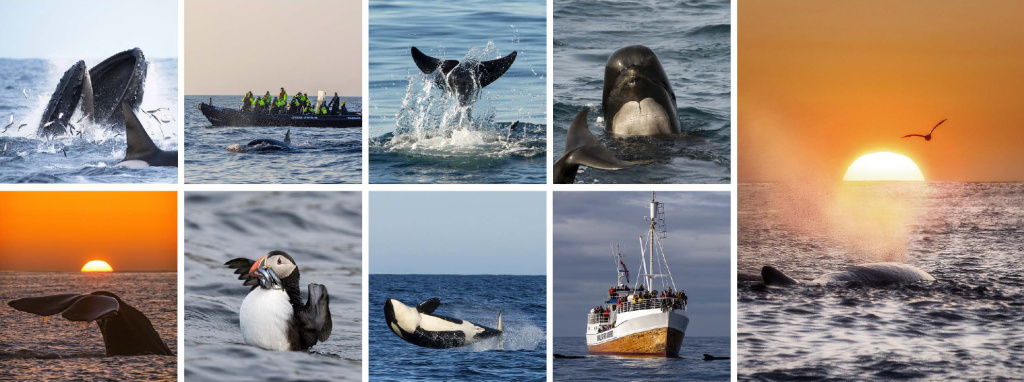
BY A GIFTCARD
An exiting adventure is always a nice gift to receive! Buy a gift card for a whale watching tour or maybe for our birdsafari.
